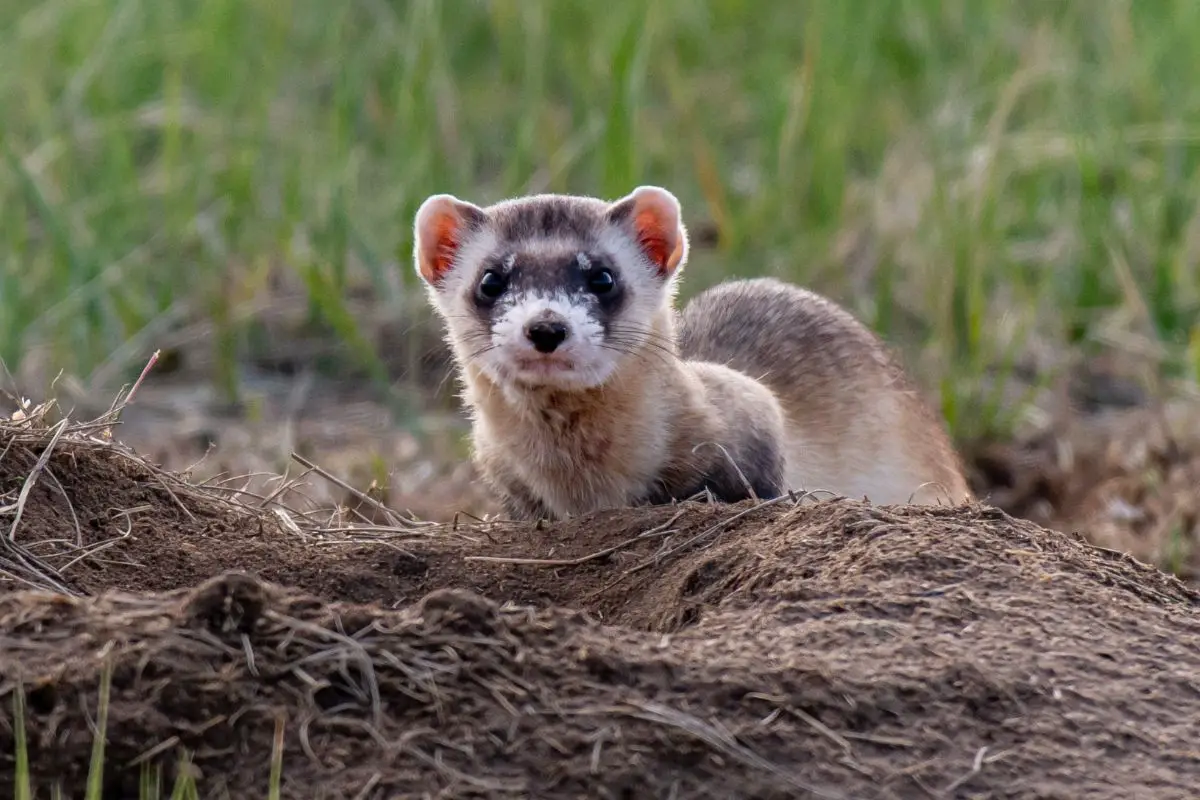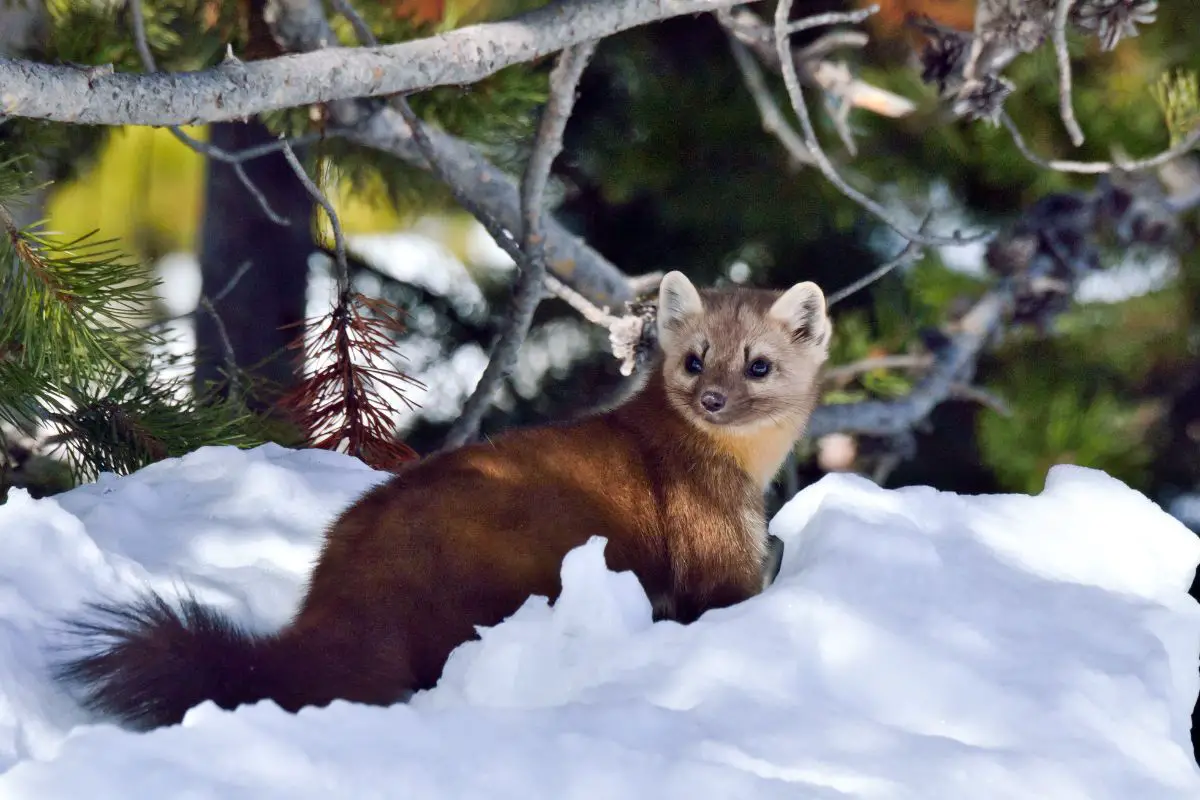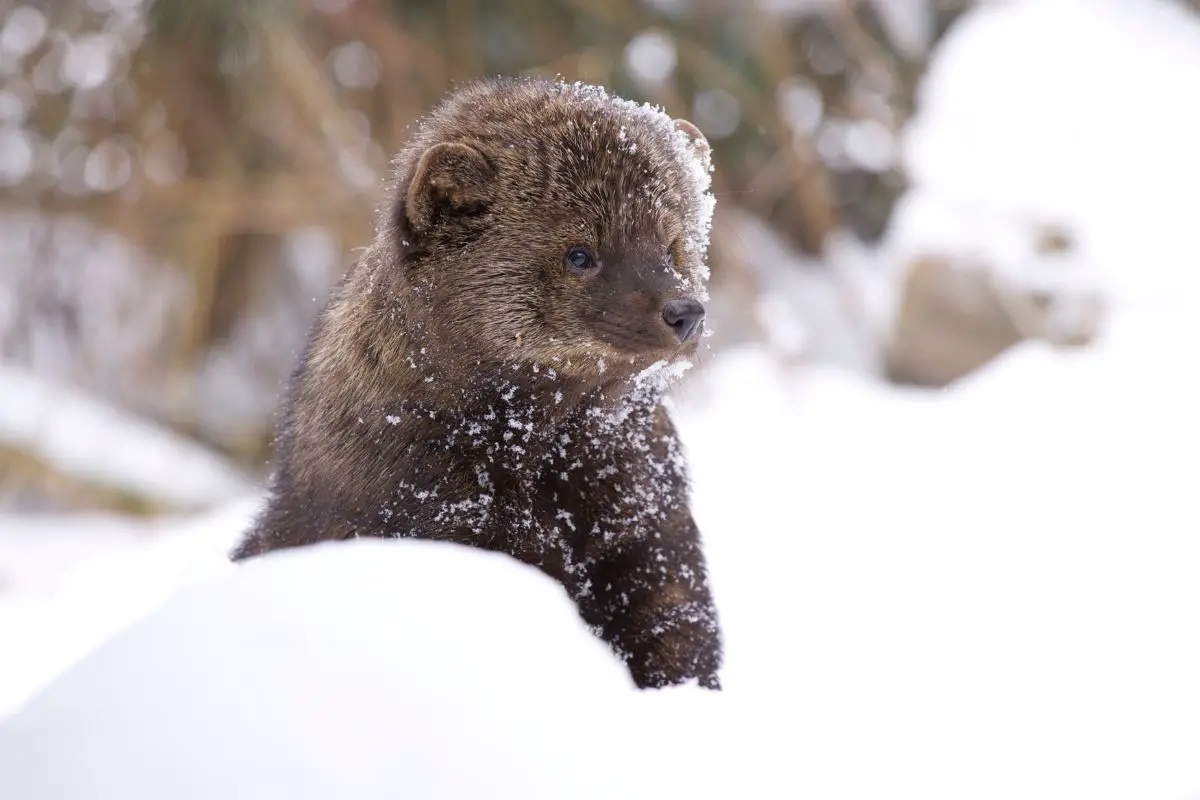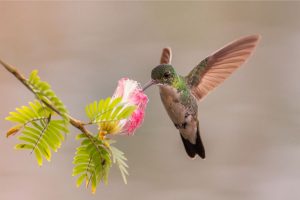Ferrets have been a popular pet for people to have across the world for hundreds, if not thousands, of years at this point.
Something about their long noodly bodies, and generally excitable disposition, makes them very enticing companions!
However, ferret ownership in the United States is a somewhat contested issue, especially when it comes to allowing ferrets to go out into the wild, either as hunting companions or even as traveling companions.
That can sometimes confuse people, as many will swear that New Hampshire is full of wild ferrets.
The truth, as with many things when it comes to nature, is a little more complicated than it would first seem.
Fortunately, that’s what this guide will help answer! We’re going to cover the legal status of ferrets in New Hampshire (NH), as well as explain why there seem to be so many wild ferrets in the state, despite them not exactly being the most welcome of exotic pets.

Are Ferrets Legal In New Hampshire?
A few people reading so far might be looking at the end of the last section, and be surprised to find that ferrets are considered exotic pets, given how popular they tend to be.
However, ferrets do technically count as exotic pets, due to them not being native to the United States, and being originally from Europe and North Africa.
As a result, the right to own ferrets tends to fall under individual state legislation, and their legality varies from state to state as a result.
In New Hampshire, for example, ferrets are allowed to be kept as domestic pets but are not allowed to be brought outdoors with you outside of your home.
Wild Ferrets In New Hampshire?
So, that answers that question. Ferrets are only allowed in NH as pets.
However, this still doesn’t answer the question of why so many people spot ferrets when they are out in the wild on nature hikes in the state. Are these cases of escaped domestic ferrets, or just mistaken identities?
Well, the answer to this question is the latter. The animals that people are seeing out in the wild are not ferrets, but one of their many close relatives.
Ferrets are part of a wider group of mammals known as mustelids, a diverse family of mammal species that can include everything from ferrets to badgers, to otters, to even wolverines.
They are among one of the widest-ranging groups of carnivorous mammals in the world, as well as one of the most diverse.
This might explain why there are so many reported cases of ferrets in the wild in NH, as while ferrets themselves are not allowed to be released into the wild, there are 6 different species of mustelids that can be found in the wilds of NH.
Natural Conservation
This is also one of the reasons that ferrets are considered exotic pets in the United States.
With so many different species of mustelids found across the country, ferrets can pose a real risk to the natural biodiversity of the weasels, badgers, and other species that currently live here.
Mustelids In New Hampshire
So, what exactly are some of the species of weasels and other ferret-like animals that often get mistaken for their domestic cousins in the wild?
Ermine

Probably the smallest mustelid species that you’ll find in NH, ermines (also known as stoats in some parts of the world) are a very widespread species, being found from Eurasia to North America.
They are also considered a very small species of mustelid, usually only growing to around 7 to 8 long, with the males usually being notably bigger than the females in most cases.
Like many small weasels, ermines feed mainly only on small mammals and insects, such as mice, shrews, spiders, and whatever small prey they can snatch up for themselves.
Long-Tailed Weasel
Slightly larger than ermine, the long-tailed weasel gets most of its extra length for their aforementioned long tails, making it quite difficult for amateurs and even experienced zoologists to tell the difference, at least without proper measurement of their body length.
They also have similar fur coats, with them having brown-red over most of their body, with white underbellies, and both going white when winter rolls around.
Like the ermine, long-tailed weasels are very widespread across the Northern Hemisphere, with them being found in Eurasia to North America, and from the tropics to the arctic circle!
Pine Martin

Moving one scaled up in size, the pine martin is another member of the weasel and ferret family that is, once again, very widespread across Europe, Asia, North Africa, and North America.
While pine martins also have a reddish coat similar to long-tailed weasels and ermines, it is unlikely that you will mistake an adult pine martin for either of these species, as they can grow significantly longer.
In fact, at up to 25 inches in length, pine martins can grow almost twice the size of the biggest long-tailed weasels!
While primarily carnivorous, pine martins will also eat fruit and nuts when presented with them.
Mink
It is very easy to mistake minks for pine martins, as they are generally very similar in size. However, minks tend to have slightly darker coasts than their land-based counterparts.
These mustelids tend to live in and around bodies of water. So if you see what you think is a ferret by a stream or river, you’ll know what you saw!
This semiaquatic life also means that their diets are also much more water-dependent, from small fish to frogs and crayfish, alongside the occasional land lubber rodents that they find!
Fisher

Fishers are among the largest weasel species that you will find in New Hampshire, with some examples of the species growing as large as 47 inches long in some cases, making it comparable to cats in terms of size.
Like the mink, and their names would suggest, fishers live semi-aquatic lives too, feeding mainly on fish and other aquatic animals too, with their larger size letting them tackle larger prey.
This is also one of the most misunderstood species, as there is a lot of mysticism around this animal, with some people claiming that fishers eat house cats, a fact which, while not impossible, is certainly highly improbable.
River Otter
Probably the largest mustelid on this list, otters are also the most recognizable, and are unlikely to be confused with ferrets in any way!
Living mainly aquatic lives, they’re also among the rarest to see for most people trying to find them, despite how common they are to find. The only way to tell if otters have been through an area
Like the other semiaquatic mustelids that otters share the waterways of NH with, they eat primarily crayfish and fish species, being highly evolved for hunting in and underwater.
Final Thoughts – Important Takeaways
So, after everything we have covered in this guide, what are the most important pieces of information that you should take away from what we have covered?
Well, ferrets are considered a non-native species of mustelid in the United States, so they are considered exotic pets here.
However, there are also a large variety of related species that live in New Hampshire, with them being distinguishable by their fur coats and different size.




